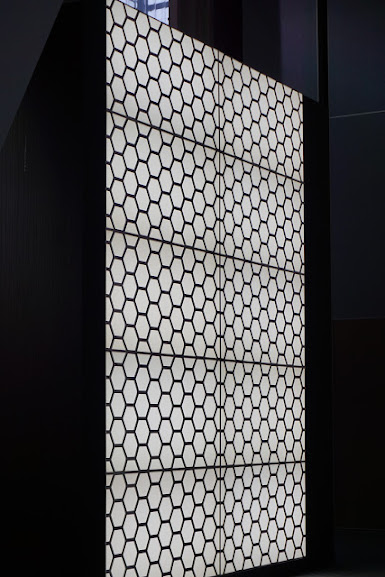Why In Design: For The Love of Topiary, let's add these beauties to our Fall tables
WHY IN DESIGN COLUMN:
The history & love of the twisted and beautiful art form called Topiary
source: pinned to my Topiary Board
check out this Maine farm, Snug Harbor for their wide array of topiary
source: pinned to my Topiary Board
check out this Maine farm, Snug Harbor for their wide array of topiary
"is the horticultural practice of training live perennial plants by clipping the foliage and twigs of trees, shrubs to develop and maintain clearly defined shapes, perhaps geometric or fanciful. The term also refers to plants which have been shaped in this way. As an art form it is a type of living sculpture"
Topiary is an age-old art form, and our fascination with it goes far back, rising in favor during the Roman empire, the Victorian era, Ancient China and in the United States during the 1960s. Topiary has had a roller coaster ride of popularity. In historical England it was the Monks who created and tended to their creation and maintenance. Today, it is back on our radar, but not as a trend because it is truly a classic style of gardening that works with many aesthetics. To me, it blends well with my favorite way of decorating, which is to incorporate myriad wares from both indoors and outdoors together in a home. It creates an aesthetic that is pleasing and elegant, by mixing sophistical high-end pieces with outdoor items that hold patina, maybe some nature-inspired items that all work together seamlessly. If I had to choose one country that has influenced this particular design aesthetic most predominantly I'd say it was England. The English garden personifies this style. Topiary brings the idea of sculpture, gardening and art together in one structure. You may have read my story about espalier recently, and topiary is like a close cousin.
As I plan my kitchen stylizing project for Art of The Table in NYC at Bilotta kitchen with Traditional Home magazine and Lenox this October 24, I know I'd like to utilize topiary to bring shape and lush greenery into this beautiful, but stark white kitchen. To learn more about the history of Topiary, read the Cornell University Page. Potted in mossy pots or antique iron urns, small potted topiary can be a stylish alternative to adding fresh flowers to a table, and an added bonus is they can last a long time if given proper care. Read about how to care for a potted topiary plant.
As I plan my kitchen stylizing project for Art of The Table in NYC at Bilotta kitchen with Traditional Home magazine and Lenox this October 24, I know I'd like to utilize topiary to bring shape and lush greenery into this beautiful, but stark white kitchen. To learn more about the history of Topiary, read the Cornell University Page. Potted in mossy pots or antique iron urns, small potted topiary can be a stylish alternative to adding fresh flowers to a table, and an added bonus is they can last a long time if given proper care. Read about how to care for a potted topiary plant.
Happy Nesting
XO Tamara
There are many plants and herbs that can be formed into topiary plants from Rosemary to Boxwood. Each plant has their own specific care instructions but generally speaking it is a good idea to keep the green leaves moist but be careful of letting the bottoms sit in water or they will rot.
my favorite NYC source
love the mossy pots used for these topiary via gardenista.com
135 W 28th Street, Avenue Of The Americas & 7th Ave
photo: Longwood Gardens in Pennsylvania
Check out this gorgeous slide show by Architectural Digest magazine showing stunning topiary gardens from around the world.
beautiful, over sized topiary I spotted while visiting the Atlanta Botanical Museum last spring
check out my Topiary & Espalier board for more images










